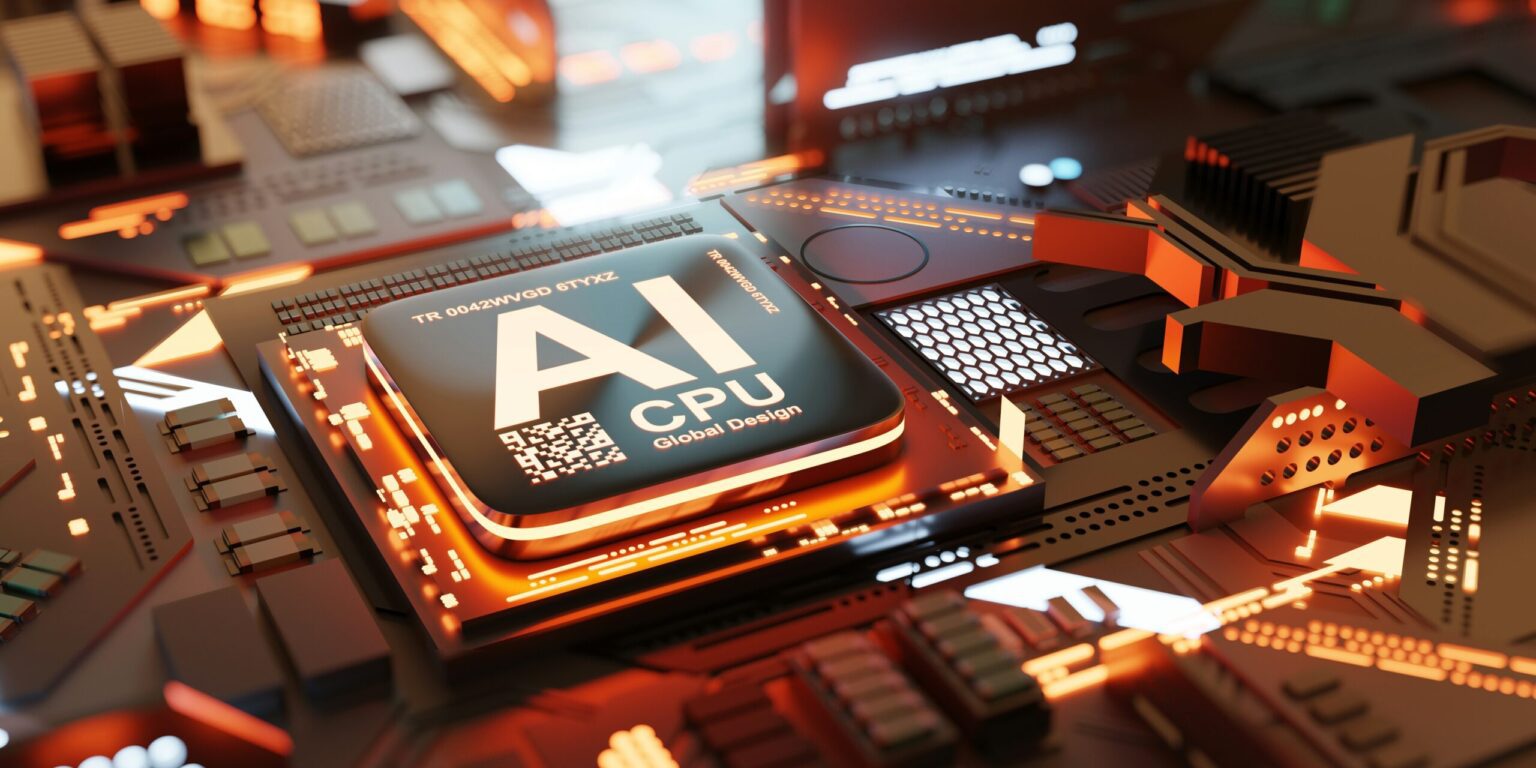On July 9, 2025, Nvidia made history by becoming the first publicly traded company to reach a $4 trillion market valuation, a moment that reflects the company’s dominant role in the artificial intelligence boom. The milestone places Nvidia ahead of other tech giants like Apple, Microsoft, and Amazon, underscoring its rapid ascension to the top of Wall Street’s most valuable companies.
This surge in valuation has been fueled by intense global demand for Nvidia’s graphics processing units (GPUs), which power everything from AI models like ChatGPT to data centers, robotics, autonomous vehicles, and high-performance scientific computing. Nvidia’s stock rose over 22 percent in 2025 alone, continuing a multi-year trend that has seen the company outperform even the largest firms in the tech sector. Market analysts attribute this growth not only to product innovation but also to Nvidia’s strategic positioning at the core of AI infrastructure.
Investor sentiment soared further after Nvidia secured approval from the U.S. government to resume exports of its high-end H20 AI chips to China. The Chinese market, which accounted for roughly $17 billion in Nvidia’s annual sales prior to export restrictions, is now back on the company’s radar—an opportunity that could further boost revenues and shareholder returns. Following the announcement, Nvidia’s stock jumped by approximately 4 percent, propelling its market cap above the $4.16 trillion mark briefly before settling.
Read also: https://mensinsider.com/samsung-unveils-z-fold-7-z-flip-7-z-flip-7-fe-and-ai-powered-wearables/
Nvidia’s leadership under CEO Jensen Huang has been widely praised for anticipating and meeting the exponential growth in AI demand. The company has also played a pivotal role in shaping the direction of the tech industry, building key partnerships across sectors including healthcare, automotive, defense, and cloud computing. With the release of its Blackwell architecture and next-generation GPU platforms, Nvidia continues to set performance benchmarks that drive innovation across industries.
As part of the so-called “Magnificent Seven” group of dominant tech stocks—alongside Apple, Amazon, Alphabet, Meta, Microsoft, and Tesla—Nvidia has notably outperformed its peers in 2025. While several of these firms have experienced market corrections or modest gains, Nvidia’s AI-centered business model has fueled sustained investor interest and institutional backing.
Looking ahead, Nvidia is forecasting revenue of nearly $200 billion annually and net income exceeding $100 billion—a staggering increase from just a few years ago. Some analysts now believe the company could reach a $5 trillion valuation within the next year if current trends continue and market access in China stabilizes. Such projections are supported by growing integration of AI tools across both commercial and government sectors, further embedding Nvidia’s technology into the backbone of global digital infrastructure.
This historic milestone is more than just a financial headline. It symbolizes a broader shift in global economic priorities, with artificial intelligence—and the computing power behind it—at the center of value creation. Nvidia’s rise marks a transformative era where GPU technology is not just a tool for graphics but a foundational element of the modern data economy.
